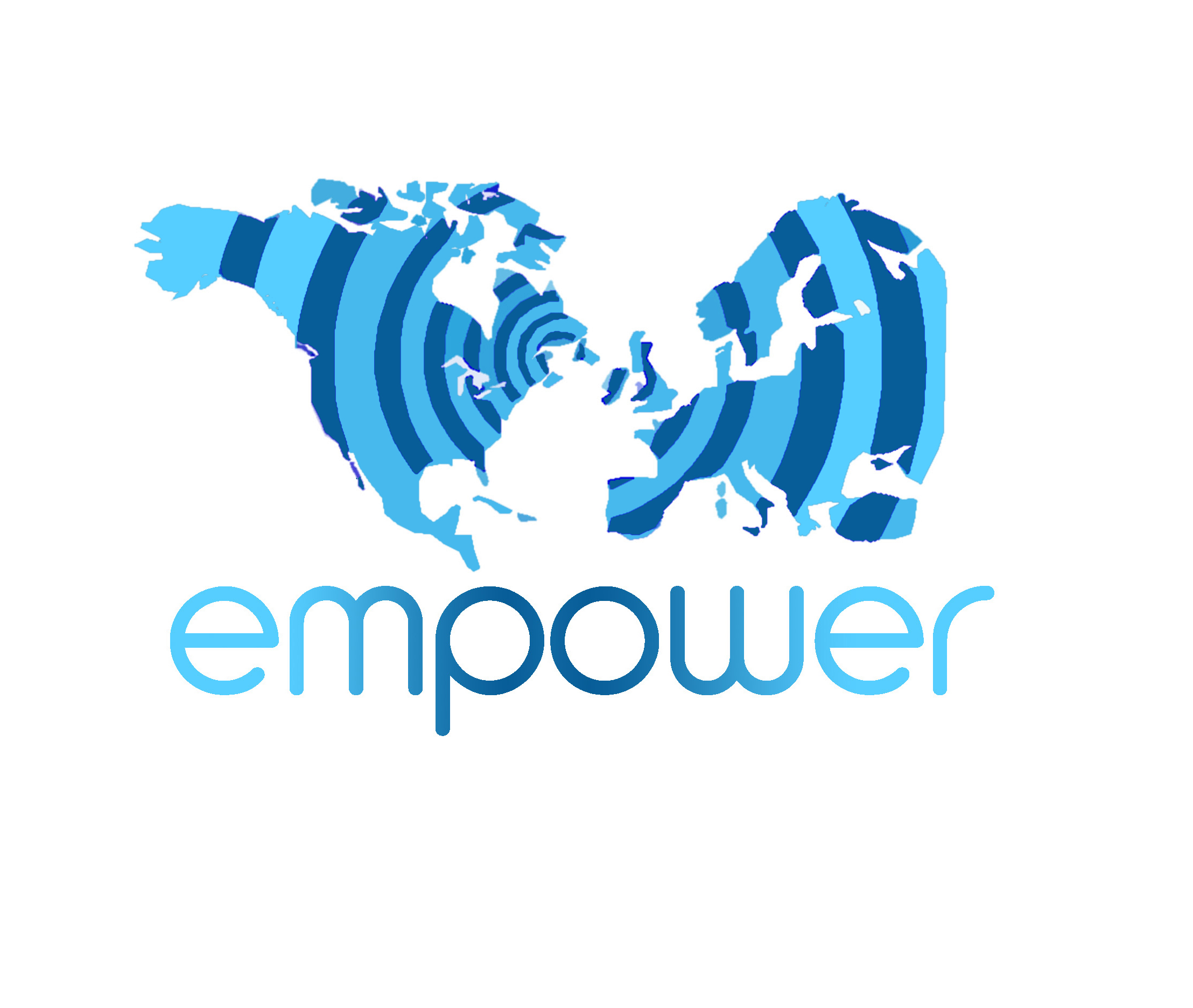The development of 5G is approaching rapidly key milestones namely (i) the submission by the 3GPP in particular of their technology proposal for evaluation and recommendation by the ITU-R IMT2020; and (ii) the allocation of 5G spectrum noticeably at high frequencies referred to as millimeter wave) at the World Radio Conference (WRC) 2019. The research forums such as the 5G-PPP in Europe are concluding their 5G activities through the consolidation of the various platforms developed over the last 5 years in support of 5G standard compliant trials and proof-of-business.At the same time, the research forums (e.g. NetWorld2020, WWRF) have already started planning for what is coming next after 5G, with two paths pursued as it is customary in the transition from one generation to another, namely an evolutionary path targeting 5G enhancements, and a revolutionary path targeting at disruptive technologies. The launch in September 2017 of the first H2020 B5G projects on Terrabit/sec noticeably at THz frequencies in parallel to the 5G-PPP phase 2 and phase 3 projects is a clear indication of this duality of evolution/revolution from 5G to the B5G. This is anticipated to pick momentum in 2019 and 2020 with the launch of new H2020 B5G projects for example as a result of ICT-20 call for proposals. The same applies in the US, with the NSF launching the first PAWR projects and already planning the call for the second batch of project, clearly positioned as advanced wireless projects for the 5G and beyond.
In the standardization landscape, while the 3GPP is busy finalizing 5G, other SDOs traditionally looking longer terms than the 3GPP such as ETSI and IEEE are already exploring B5G topics in study and interest groups. For example, ETSI is exploring next generation protocols NGP), permissioned distributed ledger (PDL), and millimeter wave transmission at D and W bands (mWT), and IEEE is exploring next generation wireless systems in 802.11 WLAN (NG60) and 802.15 WPAN with frequencies up to THz.
On the regulatory side, whilst the regulators are finalizing the preparation for WRC’19 spectrum allocation for 5G in the frequencies below 100 GHz, there is a quiet preparation in parallel for new frequency bands between 275 GHz and 450 GHz, mainly in setting the agenda for the next WRC (after WRC’19).
In this context, it is crystal clear that the progress towards B5G is ramping up in all key pillar domains of the wireless ecosystem, that is research, standards and spectrum. EMPOWER targets the creation and update of an advanced wireless technology roadmap based on the analysis of trends for B5G in the respective research, standards, and spectrum communities, in the EU, the US, and globally.
This roadmap will be used to:
- Build a common knowledge for the EUUS wireless R&D communities on the future wireless research directions;
- Help define areas of priority for EUUS to co-work on ahead of worldwide competition for B5G standards.
